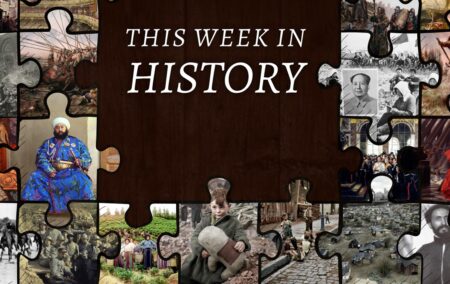This Week in History recalls memorable and decisive events and personalities of the past.
13th August 1961 – Cold War: East Germany closes the border between the eastern and western sectors of Berlin to thwart its inhabitants’ attempts to escape to the West, and construction of the Berlin Wall is started. The day is known as Barbed Wire Sunday

The Berlin Wall was perhaps the most concrete and famous symbol of the realities of Soviet Communist tyranny, a political symbol used by the free world as a rallying cry against the horrors of the Eastern Bloc.
In many ways, however, the wall was vital for the stability and power of the Eastern Bloc nations, particularly East Germany.
At the end of the Second World War, Germany was divided into a number of occupation zones by the British, French (this zone was added later), Americans and Soviets. The occupation zones were agreed upon by the Allies at the Yalta Conference in February 1945 and included the division of the German capital of Berlin into a section occupied by the British and Americans in the West, and by the Soviets in the East.
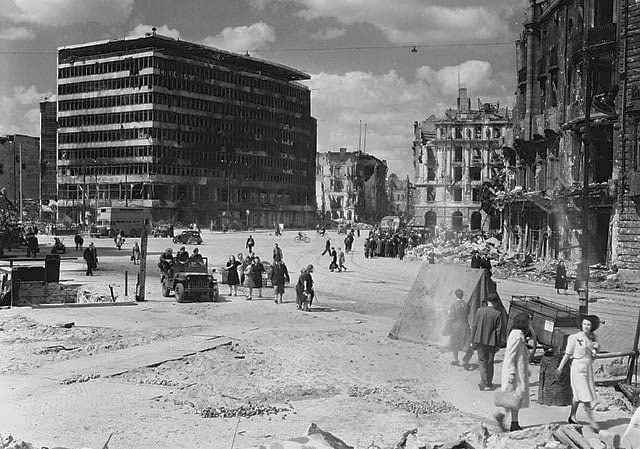
Between 1945 and 1949, the cooperation between the Soviets and the Western Powers broke down, as they refused to agree on how the German state should be organised, with each seeking to turn Germany into their ally and a bulwark against the other.
During this period the Allied occupied sectors were given self-governance and slowly integrated into one another, while the Soviet zone was run according to Soviet ideology and under significant direction from the Soviets.
In 1948 the Allies decided to move ahead with reestablishing Germany in their occupied zones regardless of whether or not the Soviets agreed. In response to these moves to establish a West German state, the Soviets decided to close all Allied transportation rights to the Allied-occupied zone in West Berlin, which was deep within the Soviet occupied zone.
Soviet leader Joseph Stalin hoped that by cutting West Berlin off from Allied supplies he could force the Allies to accept a reunification of Germany, or at least Berlin along the lines which he dictated, terms which he hoped would create a powerful Germany under Soviet domination.
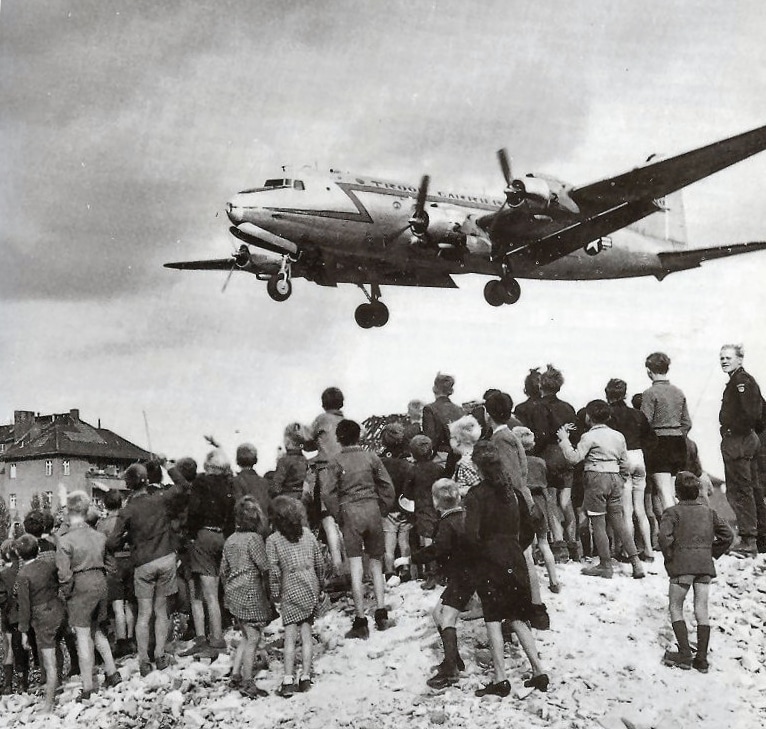
The Americans and British responded with a massive airlift of supplies over the following months, which, despite harassment of their aircraft, succeeded in supplying the Allied zone with resources to keep functioning.

In May 1949 the Soviets decided to end the blockade and abandon the short-term plans for German reunification under Soviet control.
On 7 October 1949, the Soviet occupied zone declared itself the German Democratic Republic (GDR), or as it is more commonly known East Germany. Months earlier the Allied occupied regions in the west had become the Federal Republic of Germany (FRG), or West Germany.
Once people realised the country would be permanently split, hundreds of thousands of Germans fled the East. The GDR quickly established strong border controls and fortifications along the new East-West border, but traffic between East and West Berlin was less tightly controlled and restricted.
By 1958 90% of Germans leaving the East were using Berlin as the transit point. By 1961 around 20% of the entire East German population had fled, around 3.5 million people.
Among these refugees were a significant number of skilled professionals and intellectuals, who were vital for the operation of the East German economy.
The GDR’s government in talks with the Soviet government decided that urgent action would need to be taken to stem the flow of escapees. On 12 August 1961 the leadership of the GDR met at a garden party and signed the order to begin the construction of a barrier along the border between East and West.

On Sunday 13 August at midnight, amid great secrecy, the East German police set up blockades of concrete, barbed wire and men to prevent any further crossings from East to West. By 4am the streets were filled with West Berliners shouting angrily at the communist authorities while people in East Berlin tried to get through to the West.
As the barbed wire and barricades went up some East Berliners took their chances and managed to sneak through. By the end of the day around 800 people had managed to cross from East to West. By the next day this number had shrunk to 12 as the wall became more firmly established.
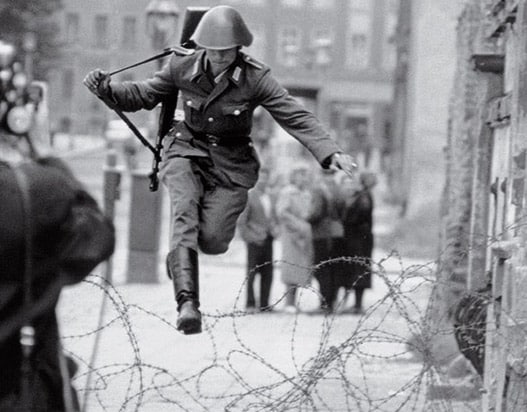
From that point forward the wall became a major obstacle. While, as time went by, smuggling networks would be established to allow people to flee – with around 5 000 East Berliners defecting during the wall’s lifetime – the majority of people were now trapped in East Germany.
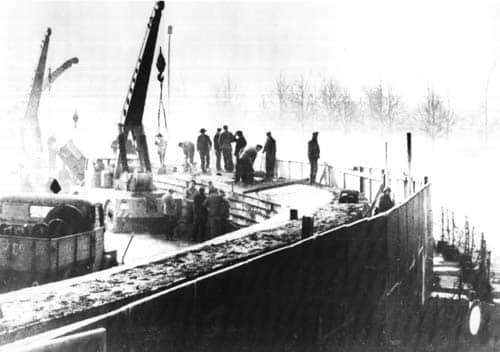
The harsh enforcement of the border wall would lead to hundreds of deaths during the course of the wall’s 28 years of existence.
If you like what you have just read, support the Daily Friend

